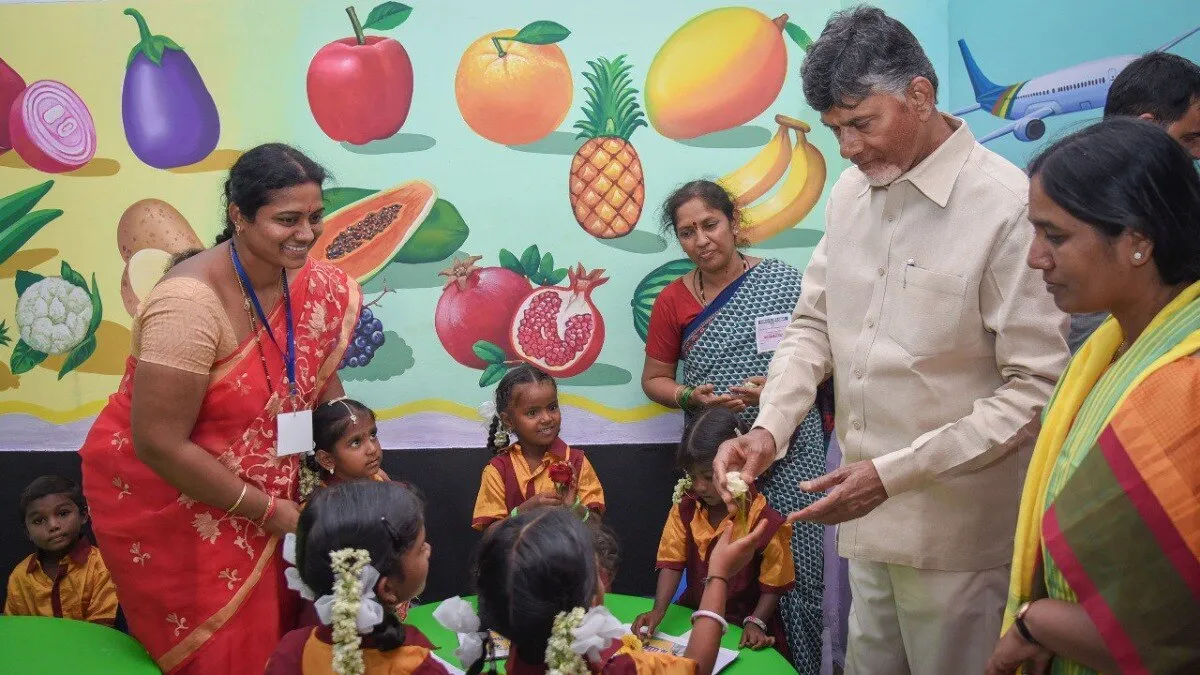Chandrababu Naidu's Bold Stance on Population Growth and India's TFR 2024

Chandrababu Naidu's Provocative Call for Larger Families
Chandrababu Naidu has sparked a nationwide conversation by advocating for more babies in a country where the two-child policy has been the norm for years. With India’s TFR (Total Fertility Rate) hitting critical lows, the Chief Minister of Andhra Pradesh argues that continuing to encourage smaller families may no longer serve the country's best interests.
Understanding India's TFR and Its Implications
Currently, India’s TFR is estimated at around 2, which is below the replacement level of 2.1. Southern states like Andhra Pradesh, Karnataka, and Tamil Nadu report even lower rates, affecting their political and economic futures.
- Chandrababu Naidu's proposal: New law for more than two children to contest local polls.
- Historical context: The central policy introduced in 2000 aimed for a stable population by 2045.
- Concerns about India's aging demographic and potential future workforce shortages.
Responses from Other Leaders
Following Naidu's controversial statements, Tamil Nadu's MK Stalin humorously suggested families should consider having 16 children. This reflects a growing concern among Indian leaders that population policies may impact regional representation and economic health.
- Comparison between southern and northern states in terms of TFR and age demographics.
- Highlighting how literacy and wealth significantly influence fertility rates.
- Projection of demographic changes and economic impacts in the coming years.
The demographic dividend remains a silver lining, with over 40% of the population under 25, providing India a unique workforce advantage. However, as TFR continues to decline, leaders are questioning the viability of existing policies that have been in place for decades.
Final Thoughts on India’s Future Population Strategy
As India stands on the precipice of potentially stagnating population growth, the central question remains: Should India reconsider its two-child policy? The challenge lies in balancing population growth with resource management and regional interests.
This article was prepared using information from open sources in accordance with the principles of Ethical Policy. The editorial team is not responsible for absolute accuracy, as it relies on data from the sources referenced.